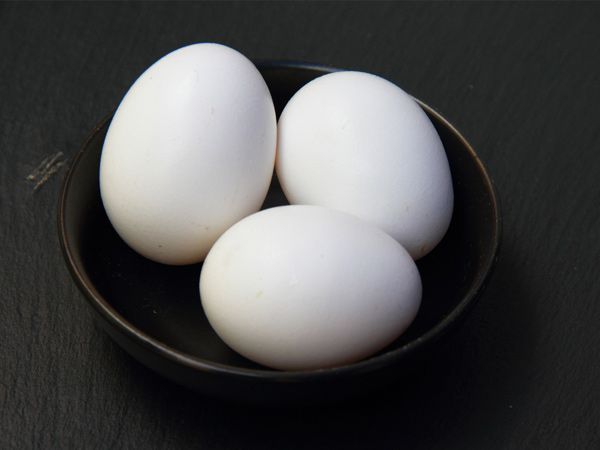
Eggs have been a staple food since prehistoric times when nests were raided to steal them. It didn’t take long for Man to unravel the various wonders and secrets of the versatile ingredient. In a variety of cultures, the egg has played a vital role in both diet and ceremony. To the Chinese, it has symbolised the universe. Hieroglyphics of the ancient Egyptians portray the peacock and the egg with reverence.
On the mysterious and superstitious front, the egg plays a significant part. In the West it was considered ill luck to bring wild eggs into the house. The white egg was considered to portray purity and the brown a level of rusticity. In the Middle East it is considered taboo to eat eggs after dark for fear of taking a life. The Mayans of Mexico use the egg in a ritual to ward off the evil eye.
The simple, unassuming egg is not all that simple, though. There are different types of eggs and each has its own special characteristic. Bird eggs come in different shapes and sizes, the most favoured being the hen’s. Even the hen’s egg varies in size and colour which actually helps to determine the breed of the hen. Free range eggs lend better flavour and colour. The eggs of the duck and goose have a stronger flavour.
So, what does that little white shell hold inside it?
Composition of an Egg:
Eggs comprise three main elements – white (2/3 of the egg which is a combination of 10% protein and 80% water), yolk (which is 50% water, 35% fats and 15% proteins) and air. The air pocket helps determine the freshness of an egg.
Though it seems like a humble and simple ingredient, it enriches a dish in various ways through aeration (cakes & mousses), emulsification (mayonnaise), glazing (baked products), adding vital nutritional content (owing to protein, phosphorous, iron and vitamin content), stabilising (batters) and adding flavour.
There are several ways to cook this basic pantry must-have too. If one doesn’t like them boiled, scrambled or as omelettes, one can bake them, steam them, fry them, poach them, soft-boil them, make them as scotch eggs, make a sauce and use as part of a casserole bake, use in a frittata, make a quick soufflé, as a sandwich filling, as drops in a soup, pickled, brined… the choices are many!
So whether you like them simply with salt and pepper or, in fancier versions in your breakfast, snacks or mains, eggs will never go out of fashion. The sole reason being, they will always make a meal complete.
More On >> Cooking Tips




